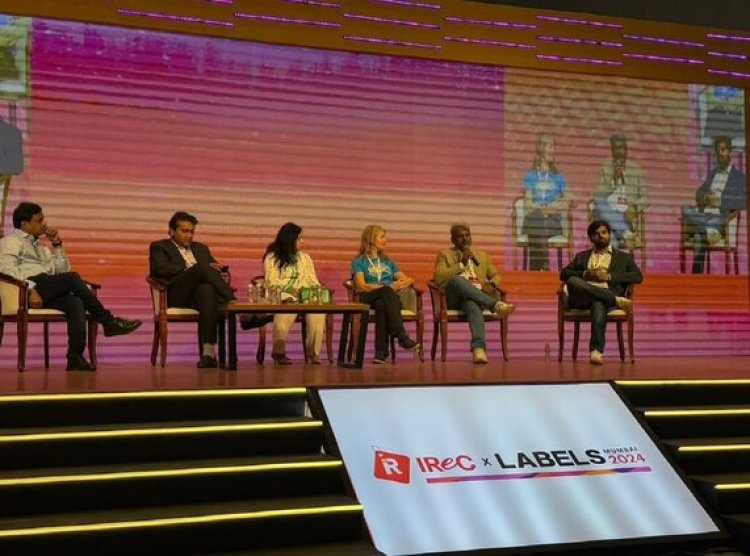Creative Education Transformed: Merging Hands-On Activities with Modern Technology
Discover how creative education is evolving by combining hands-on learning with AR, gamification, and digital tools to inspire and engage children in the digital age

In an increasingly digital world, nurturing creativity in children while embracing technology is crucial. Striking a balance between hands-on activities and digital tools has become essential for fostering imaginative growth while preserving the tactile experiences that form the foundation of childhood learning.
Innovative creative education platforms are combining traditional methods with cutting-edge technology, reshaping the way children engage with art and education. Tools like augmented reality (AR), gamified learning apps, and interactive digital screens are revolutionizing the field, making learning both engaging and meaningful.
The Evolution of Creative Learning
Historically, creative education relied on hands-on activities like painting and crafting to develop motor skills and spark imagination. However, the digital revolution has shifted how creativity is cultivated. Today, technology enhances traditional crafts, making them more relevant for a tech-savvy generation.
"Our aim is to blend traditional creativity with modern tech to engage children," says Devang Sampat, MD of Cinepolis India. This approach bridges generational gaps, offering both relevance and excitement for children and parents.
Augmented Reality: Bringing Creations to Life
Augmented reality (AR) overlays digital elements onto the physical world, offering children interactive and dynamic experiences.
Dhimant Bakshi, CEO of Imagicaa, explains: "AR allows children to immerse themselves in creative activities while learning more effectively."
- AR workshops enable children to animate their drawings or build interactive models.
- Educational elements, such as crafting the solar system and using AR to see planets rotate, enhance retention and make learning enjoyable.
Gamification: Turning Learning Into Play
Gamification, or applying game principles to non-game contexts, is transforming creative education by making learning fun.
"Gamification turns mundane tasks into thrilling experiences," says Sanjay Vakharia, CEO of Spykar.
- Apps allow children to explore techniques, complete challenges, and earn rewards.
- This approach fosters skill-building, collaboration, and a sense of accomplishment.
Interactive Digital Screens: Enhancing Workshops
Digital screens in workshops serve as instructional tools, inspiration boards, and collaborative galleries.
Sarah Cressall OBE, Founder of The Creation Station, notes: "Interactive screens broaden children’s horizons while working on projects."
- Screens display real-time creations, boosting confidence.
- Virtual guest sessions allow global experts to inspire children.
Balancing Digital and Physical
Hands-on activities remain essential for developing motor skills and fostering a deep connection with the creative process. Technology should enhance, not replace, these experiences.
Rahul Bhadoriya, Co-Founder of StepMint, emphasizes: "Balance is key—technology should serve as an enabler, not a replacement."
Sequential approaches, starting with physical activities and integrating technology later, ensure a holistic experience.
Parent Involvement: Bridging Generational Gaps
Digital tools allow parents to engage in their child’s learning journey through activity logs, dashboards, and collaborative projects, fostering stronger bonds and understanding.
Challenges and Future Prospects
The integration of technology faces challenges such as screen time concerns and accessibility gaps. Platforms are addressing these by emphasizing moderation and developing inclusive solutions.
Looking ahead, technologies like virtual reality (VR) and artificial intelligence (AI) promise to further personalize and enhance creative education. Despite advancements, the core remains unchanged—encouraging curiosity and wonder.

 sheetal
sheetal 










